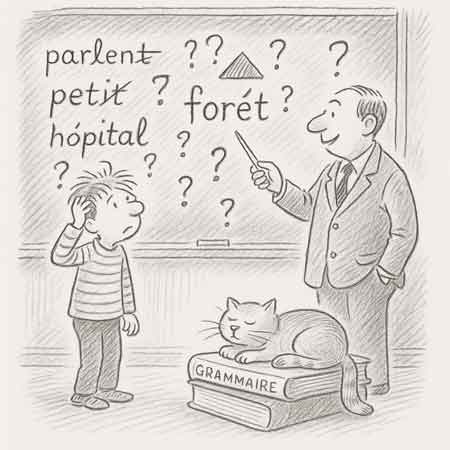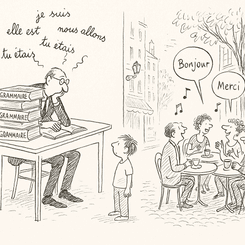12 FIDE Test Mistakes That Could Hurt Your Score (And How to Avoid Them)

Many people looking to extend their Swiss settlement permits or apply for naturalization in Switzerland must take the FIDE test.
The FIDE test assesses language proficiency in French, German, or Italian. Many test-takers unknowingly make avoidable mistakes that can impact their results.
In this guide, we highlight the most common mistakes we’ve noticed students make while preparing with us and provide practical strategies to help you pass the FIDE test.
If you’re taking your test FIDE in Geneva or anywhere else in Switzerland, knowing how to approach the test format and avoiding common errors can make all the difference.
The FIDE test is designed to assess your language skills, including speaking, listening, reading, and writing. Many candidates fail not because they lack ability but because they do not fully understand what is expected of them. This guide will walk you through key mistakes to avoid and practical tips to improve your chances of success.
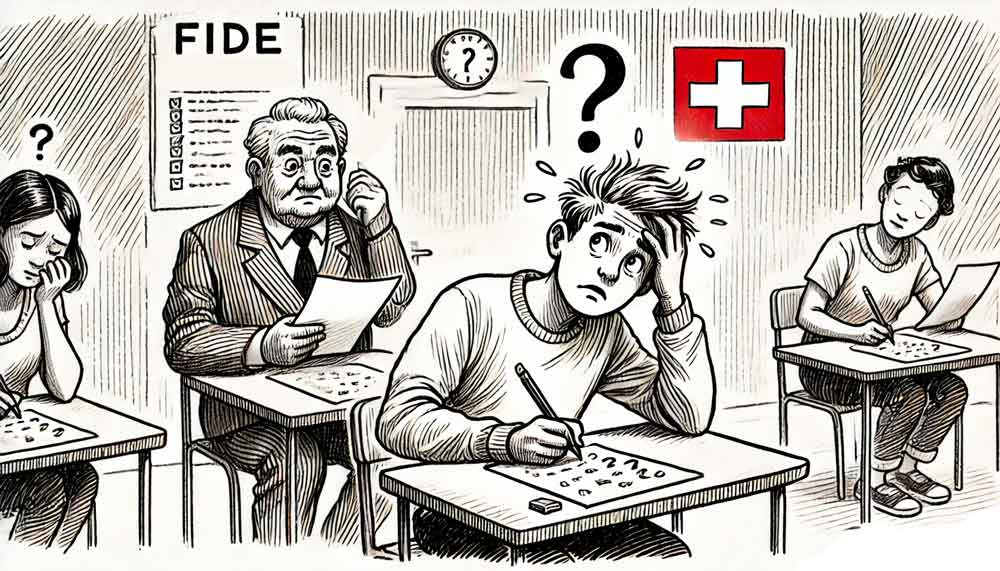
1. Not Understanding the FIDE Test Format
The FIDE test follows a standardized format for levels A1 to B1. For A2, The FIDE test consists of three main parts:
- Starting with an image description
- Proceeding to a role-play exercise
- Ending with a set of structured questions
Familiarizing yourself with past tests or mock exams will help you anticipate what to expect. Even if you don’t fully understand a question, knowing the structure increases your chances of responding appropriately.
The A2 and B1 spoken tests include a series of questions the examiner will ask. These also follow a specific format and order. By familiarizing yourself with these, you can improve your chances of getting a higher grade by getting a better idea of what the questions may ask and what answers they expect of you.
Learn more about the speaking test here
Find general exam information here
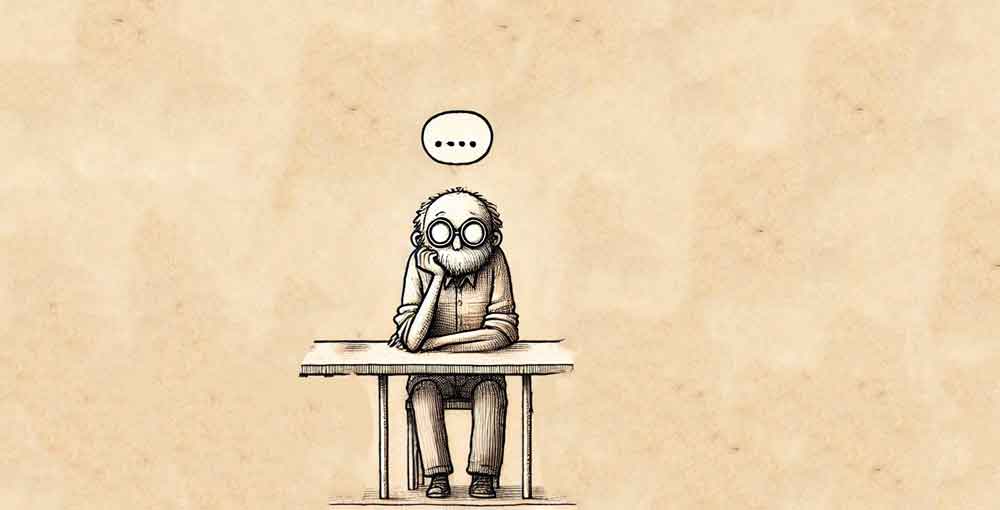
2. Not speaking enough
This may seem obvious, but the biggest mistake you can make on the oral test is not speaking enough.
The speaking (parler) test assesses your ability to communicate and hold conversations at varying levels. While short answers are allowed, the examiners can only evaluate your speaking ability if you provide sufficient material.
It doesn’t matter if what you say is entirely true; what matters is demonstrating that you understand the question and can talk about the topic or related subjects.
For example, a student once told me they received a question about football but struggled because they knew nothing about the sport. Instead of remaining silent, a better approach would be to say, “I don’t know much about football, but I enjoy tennis. When I play tennis with my friends…” This shows an understanding of the question and an ability to continue the conversation.
Download the official FIDE mock exam paper here
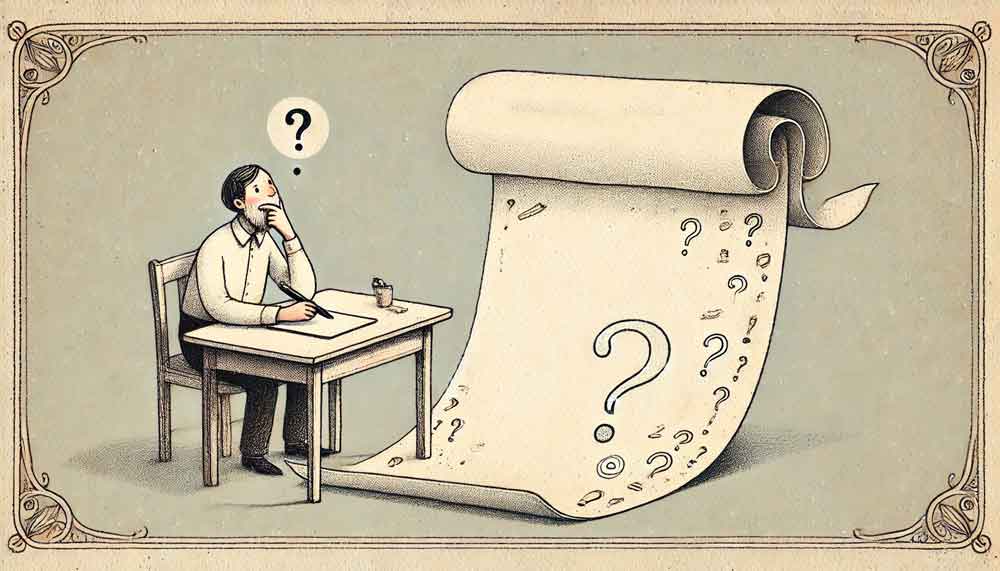
3. Leaving blank answers
Whether it’s the speaking, comprehension, reading, or writing section, the worst answer is no answer. Wrong answers don’t lower your score, so guessing is better than leaving it blank. However, leaving a blank response guarantees you receive no points. This applies to all sections, including those that assess your written skills.
Take a deep breath, try to make out the question as much as possible, and give your best-informed bet of an answer. You get it wrong at worst, but no answer will always give you zero points.
4. Not making an educated guess in A1 – A2 FIDE comprehension tests
The A1 and A2 listening section questions require you to choose your answer from one of three images. The images can provide important clues even if you don’t fully understand the question or dialogue. For example, if you see pictures of coins or a clock, you can infer that the answer might involve money or time.
While random guessing is not ideal, making an informed guess based on context is much better than leaving the question unanswered.
5. Comprehension test: Giving a literal answer instead of following the audio
For the B1 listening test, the examiner will read a set situation, such as “Thomas goes to the train station to buy a ticket to Paris.” Then, you’ll be asked a question such as, “Which part of the trip does he have a discount for?”
Following this, the examiner will play an audio that will contain the answer to the question. You will be asked to give a verbal answer to the question based on the content of the audio.
A common mistake is answering based on general knowledge instead of the information given in the audio. For example, students may assume, “The discount only applies in Switzerland.” However, the audio could state that the discount does not apply to this part of Switzerland. In this case, giving what is, in reality, probably a good answer would be incorrect.
Always base your answer strictly on what is said in the recording, even if it contradicts real-world knowledge.

6. Comprehension test: Not listening to the entire audio or question
Some students answer too quickly without listening to the full audio or question. While some answers may seem obvious early on, others require careful attention to details. The answers are pretty straightforward at the lower A1 level, and the audios don’t tend to include traps. However, from the A2 level, the audio can include double negatives and similar words or confuse students by adding images and parts of the text intended to muddle them up.
For example, the question may be, “How much does the cheaper parking cost?” The audio may say, “When you come, you will find a parking lot next to our office that costs 5 CHF. However, if you want a cheaper parking spot, there is one down two streets that only costs 1 CHF per hour.“
The three images could include one of a 5 CHF coin, one of a 2 CHF coin, and one of a 1 CHF coin. The answer would be 1 CHF.
It’s essential to listen to all the audio and not fall into the trap of giving the first answer.
If you don’t hear the question clearly, you can ask the examiner to repeat it. Take time to listen and think before responding—pausing briefly before answering is acceptable.
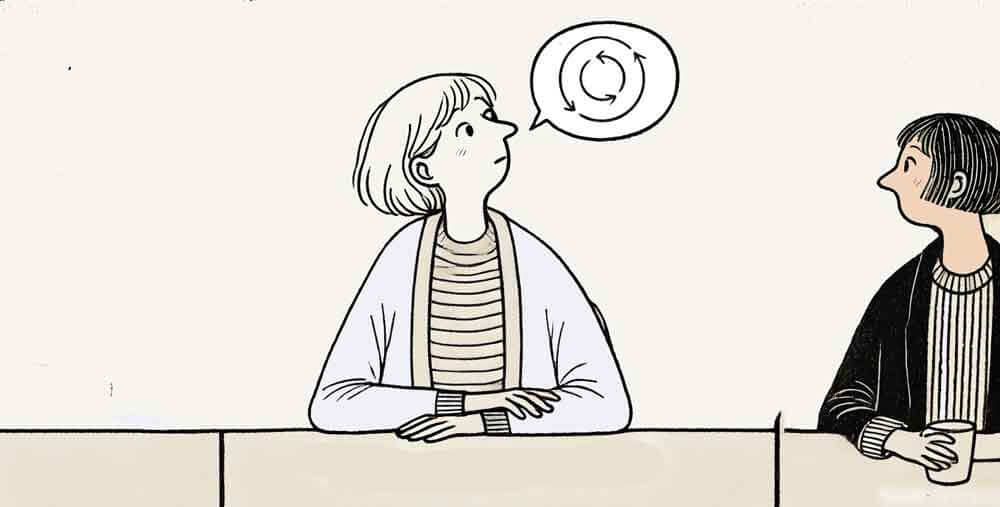
7. Comprehension test: Forgetting that you can request to repeat the audio
You are allowed to hear an audio clip twice. If you are unsure after the first listen, request a repetition. This is your right, and using it can make a big difference. After listening to the initial audio, you may already have a good idea of the answer. But it can be a good idea to make sure of it by listening again.
8. Written test: Misinterpreting writing and reading instructions
On the written test, make sure to answer exactly what is asked.
For example, if the question requires you to:
- Cancel an appointment and provide a reason.
- Give your phone number
- Thank the people
A common mistake is rescheduling instead of cancelling, which demonstrates a misunderstanding.
Similarly, if you’re asked to provide an email address or AVS number, ensure you include them—even if they are fictional. The key is demonstrating that you understand the audio, not providing factual details.
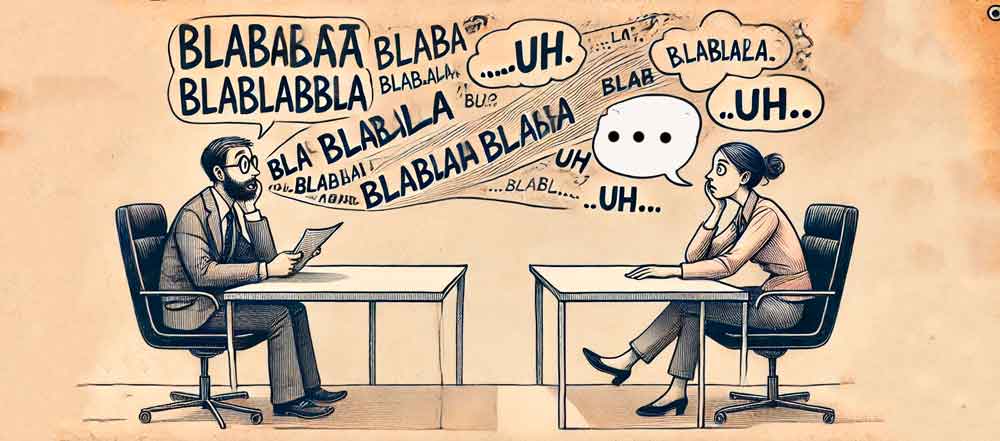
9. Speaking too fast or too slowly
Some candidates speak too fast due to stress, while others hesitate too much out of caution during the oral FIDE test. Speaking too fast can cause pronunciation issues and make it hard to understand. Speaking too slowly may make you sound hesitant.
Aim for a natural, steady pace. Clarity and coherence are more important than speed.

10. Overcomplicating your answers
While detailed responses are good, avoid unnecessary complexity.
Using overly advanced vocabulary or long-winded explanations increases the likelihood of mistakes. Instead, focus on clear, structured, concise answers appropriate to your level.
A well-structured, simple response is always better than a complex one with errors. The examiner needs to understand what you are saying, so if they find they can’t understand your reasoning, this could lower your score. Clear and concise answers can help you achieve a better score, which will be reflected in your language passport.

11. Not being familiar with the standard vocabulary of the FIDE test
The FIDE test evaluates your ability to communicate and understand everyday situations in Switzerland. It is structured around 15 situational categories, 11 of which apply to most candidates and 4 specialized to specific professions, such as the medical and construction sectors.
Many of these situations involve subject-specific vocabulary. While some students speak and understand French well, they may struggle with specific terms. During the spoken test, examiners may rephrase vocabulary, but this is not guaranteed.
In the comprehension section, however, examiners must follow scripted situations and prerecorded audio, meaning they cannot modify the wording. If you’re unfamiliar with the vocabulary used, this could negatively impact your performance.
Visit the FIDE page with scenarios here
12. Forgetting the importance of context in the image descriptions and role-play section
In the speaking portion of the FIDE test, role-play exercises assess your ability to communicate effectively in everyday situations.
A common mistake candidates make is responding too rigidly instead of adapting to the scenario.
For example, if the examiner plays the shop assistant and asks, “How can I help you?” Your response should be natural and reflect a real-life interaction.
Practicing common scenarios—such as purchasing or booking an appointment—can significantly improve your fluency and confidence.
In another task, you’ll be shown an image, given a specific situation, and asked to describe the image. A frequent error is failing to connect the description to the provided scenario, which may indicate a lack of understanding and impact your score. Always ensure your response relates to both the image and the given context.
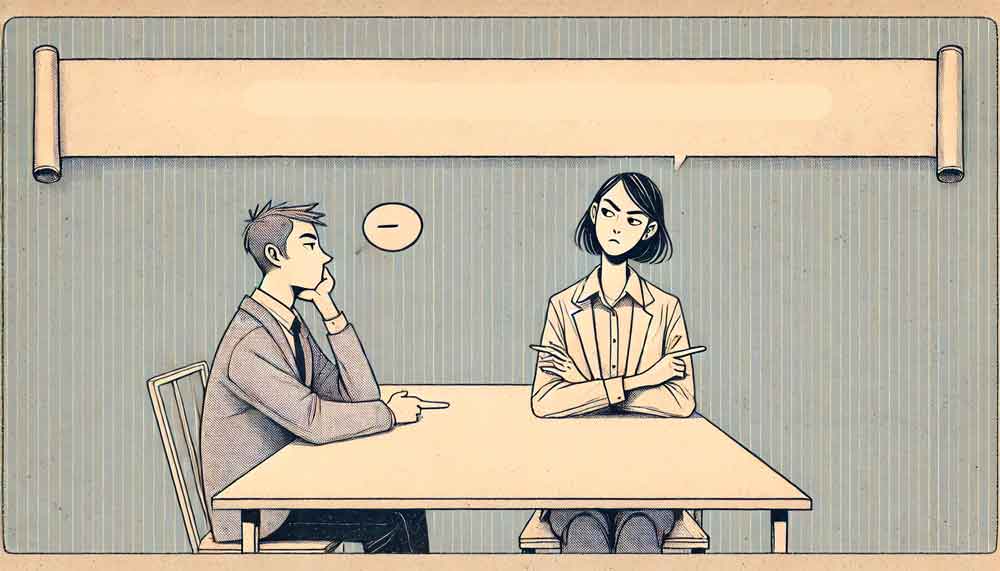
Bonus mistake: Being unfriendly or dismissive
Humans, not AI, grade the speaking section. While examiners aim for neutrality, human nature means that politeness and positivity can have a subtle impact.
Your score may be close to the boundary between A2 and B1 or A2 and A1. A friendly and cooperative attitude could make the difference in borderline cases.
Examiners aim for fairness, but positive interactions can subtly impact their perception. Being agreeable and engaged might give you the extra push you need to pass.
Final Thoughts
Avoiding these mistakes can significantly increase your chances of success in the FIDE exam and help you obtain the desired grade on your language certificate (language passport). Whether you’re taking the FIDE test in Geneva or elsewhere in Switzerland to obtain a residence permit or Swiss citizenship, preparation and strategy play vital roles.
Make sure to confirm your test date with the examination institutions early so you have enough time to prepare.
Practicing mock tests, understanding the format, and staying calm on the exam day will help you perform at your best. Good luck!

